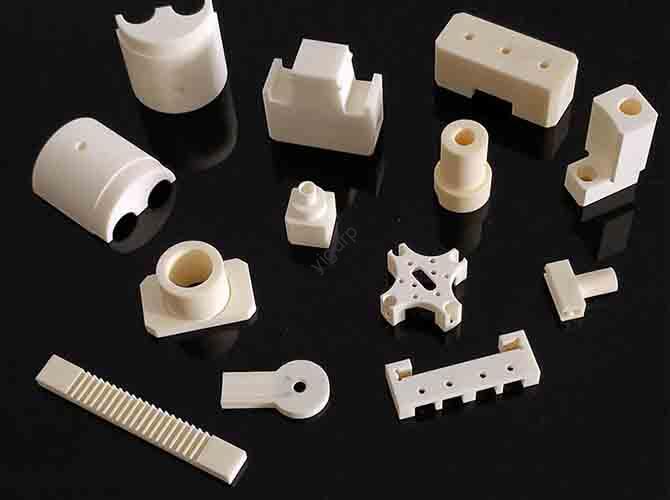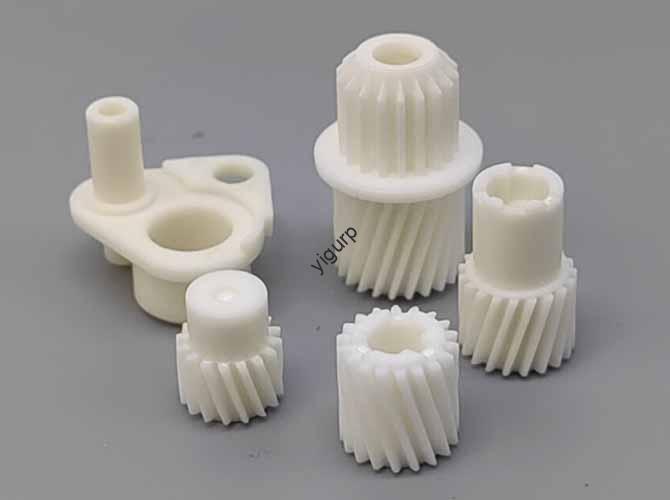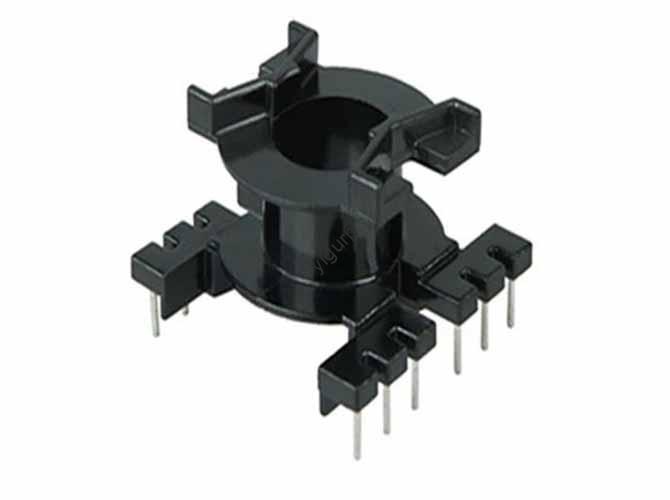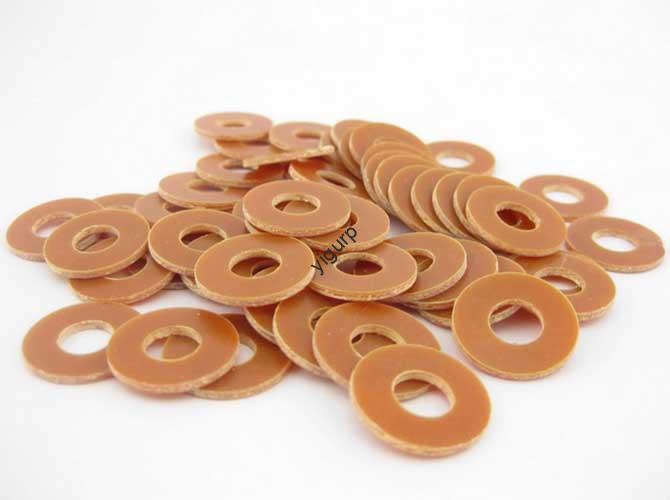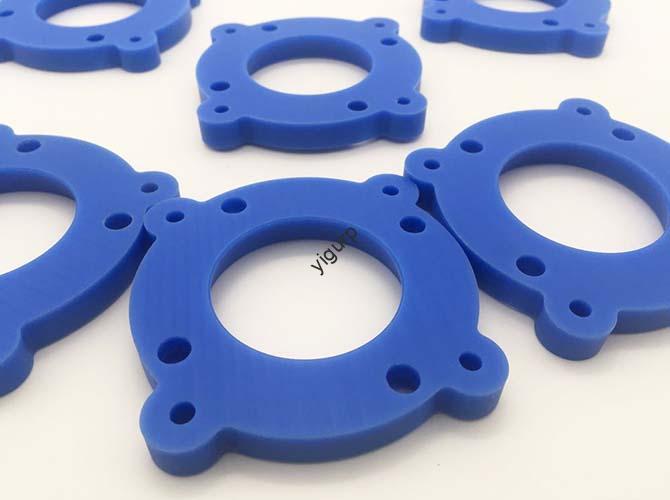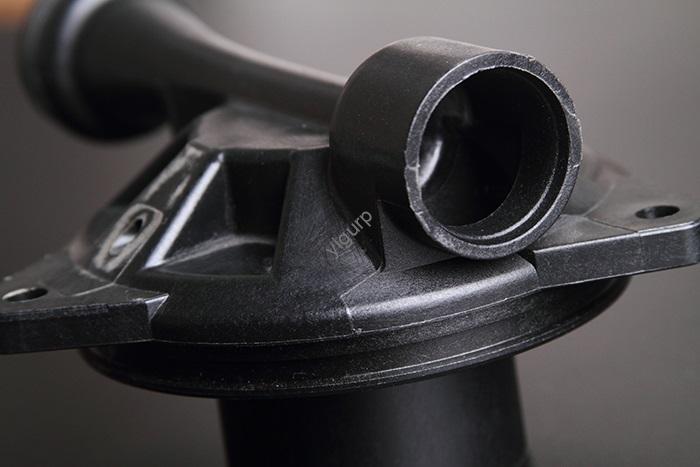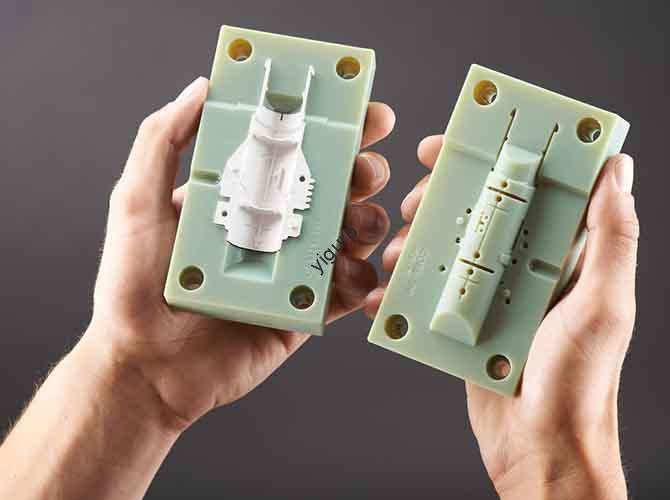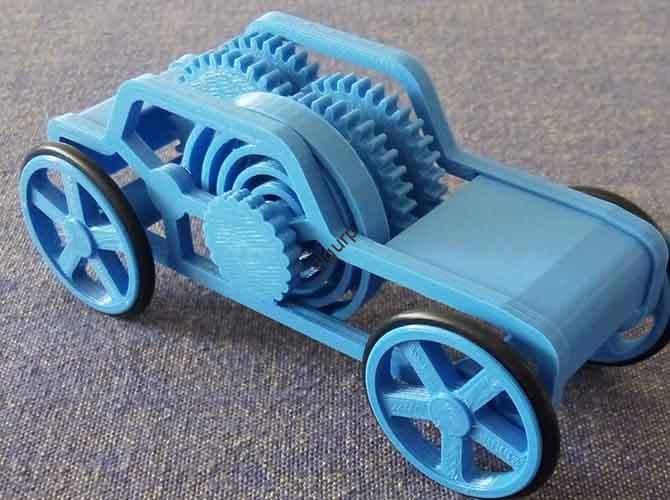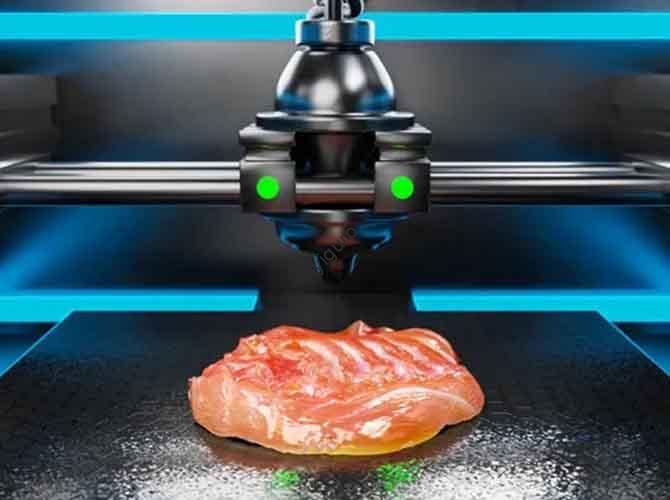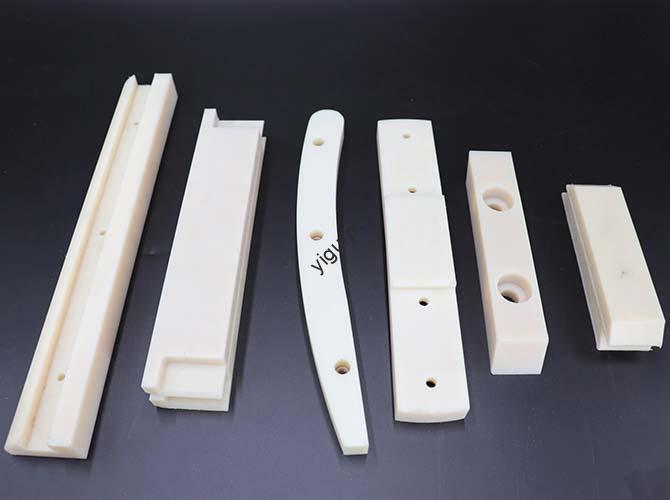How Long Does 3D Printing Take? A Practical Guide to Time Estimation
If you’ve ever wondered, “How long will my 3D print take?” you’re not alone. Whether you’re printing a small keychain or a large prototype, 3D printing time varies widely—from 30 minutes to several days. The uncertainty often leads to frustration: missing project deadlines, wasting time waiting for failed prints, or overplanning for quick jobs. This […]
